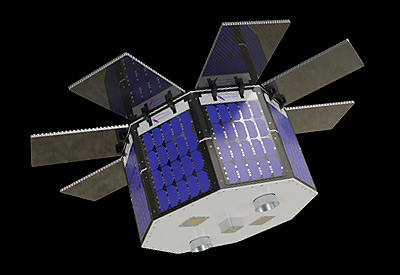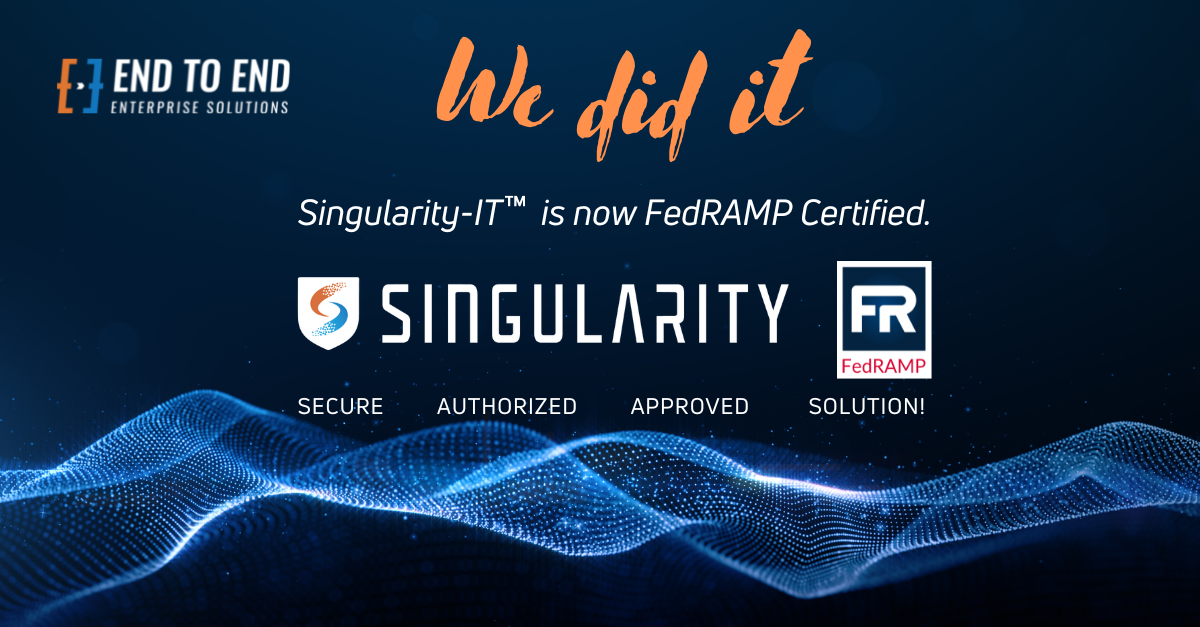When most people think of satellites, they imagine high-tech machines floating in space that constantly need teams on the ground to steer, monitor, and troubleshoot them. But what if satellites could think for themselves? That’s the big idea behind ASTRA—a NASA-led project that End to End Enterprise Solutions (E3S) proudly supported, developed, co-authored, and contributed to at the 39th Annual Small Satellite Conference.
What is ASTRA?
ASTRA stands for Autonomous Satellite Technology for Resilient Applications. In simple terms, it’s about building satellites that don’t always need to “phone home” to Earth for instructions. Instead, these satellites can make decisions on their own—from managing power levels to detecting problems and fixing them before they become mission-threatening.
Think of it like moving from an old car that constantly needs a mechanic to a modern electric vehicle that can self-diagnose issues, update its own software, and even drive itself in certain conditions.
Why Does Autonomy Matter?
Space is vast, communication with Earth can be slow, and missions to the Moon and Mars will stretch those limits even further. Having satellites and spacecraft that can operate independently means:
- Fewer delays – No waiting for commands to travel back and forth.
- Lower costs – Less reliance on huge ground teams.
- Safer missions – Spacecraft can react to problems in real-time, even if Earth is out of reach.
For example, ASTRA tested a system that lets satellites decide when to save energy by powering down less important equipment, keeping the mission alive even during low-power conditions.
E3S’s Role
As part of this NASA collaboration, our team at E3S worked alongside researchers at the Stennis Space Center and industry partners like Sidus Space. Together, we helped design, test, and integrate the software that gives ASTRA its “brainpower.”
This wasn’t just a lab experiment—it was flown on LizzieSat-1, a real satellite launched in 2024. By running ASTRA on-orbit, NASA and its partners (including us) proved that this kind of “thinking satellite” is more than an idea—it’s the future of space operations.
What This Means for the Space Economy
Autonomous satellites open the door to an entirely new era of the space economy:
- More resilient communications for everything from disaster response to global internet.
- Smarter Earth observation for climate monitoring, agriculture, and security.
- Safer deep-space exploration supporting Artemis missions to the Moon and eventual human missions to Mars.
- Commercial growth as private companies deploy constellations of autonomous satellites that can manage themselves with minimal oversight.
By reducing the cost and complexity of space operations, ASTRA paves the way for more players—small businesses, startups, and universities—to participate in space ventures.
Looking Ahead
The ASTRA project shows that the future of space isn’t just about building bigger rockets or fancier spacecraft—it’s about making those systems smarter, safer, and more independent. And as part of this journey, E3S is honored to help shape the technologies that will keep tomorrow’s missions running smoothly.
Want to dive into the technical details? You can read the full conference paper we co-authored with NASA here: ASTRA Small Satellite Conference Paper (PDF)





